Linear and angular velocity
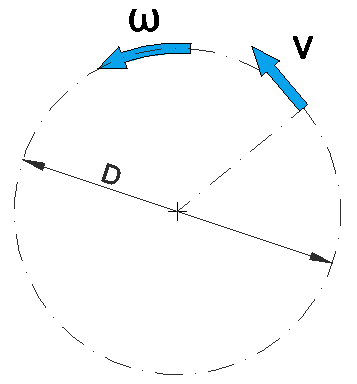

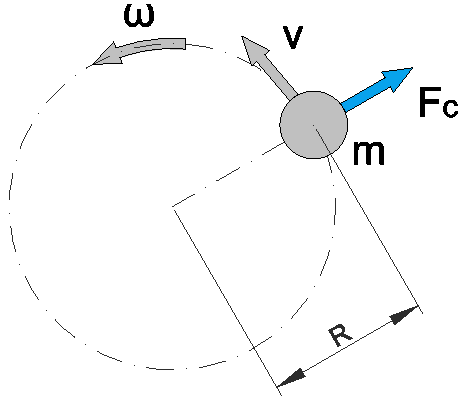
Centrifugal force is the inertia force that arises in each rotating object. It is only required in a rotating reference frame – or, in other words, when we look at the system from the point of view of the object in motion.
F: the force
m: the mass of the object
v: the velocity
R: the radius
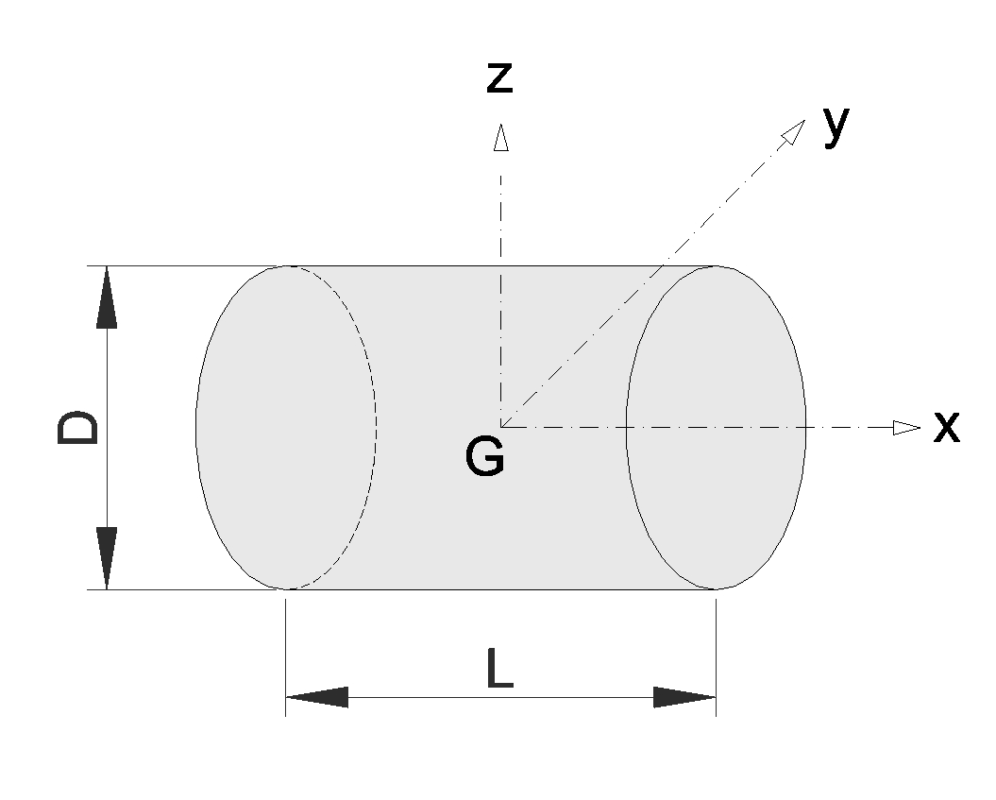
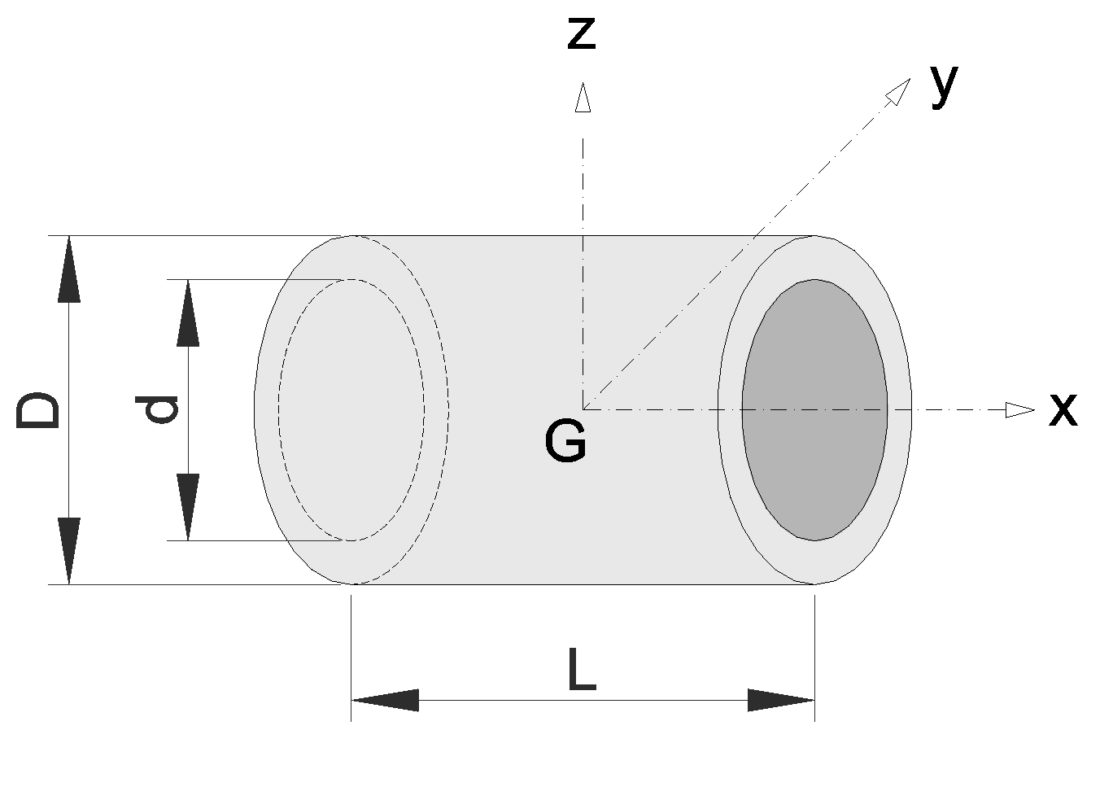
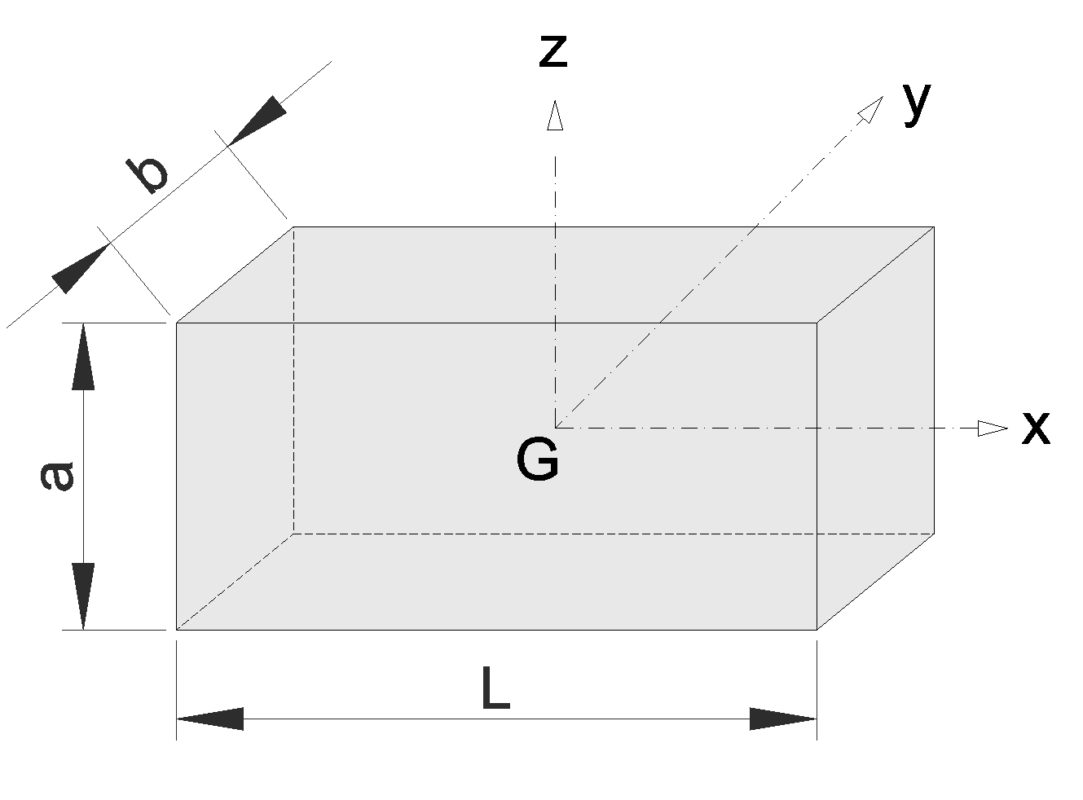
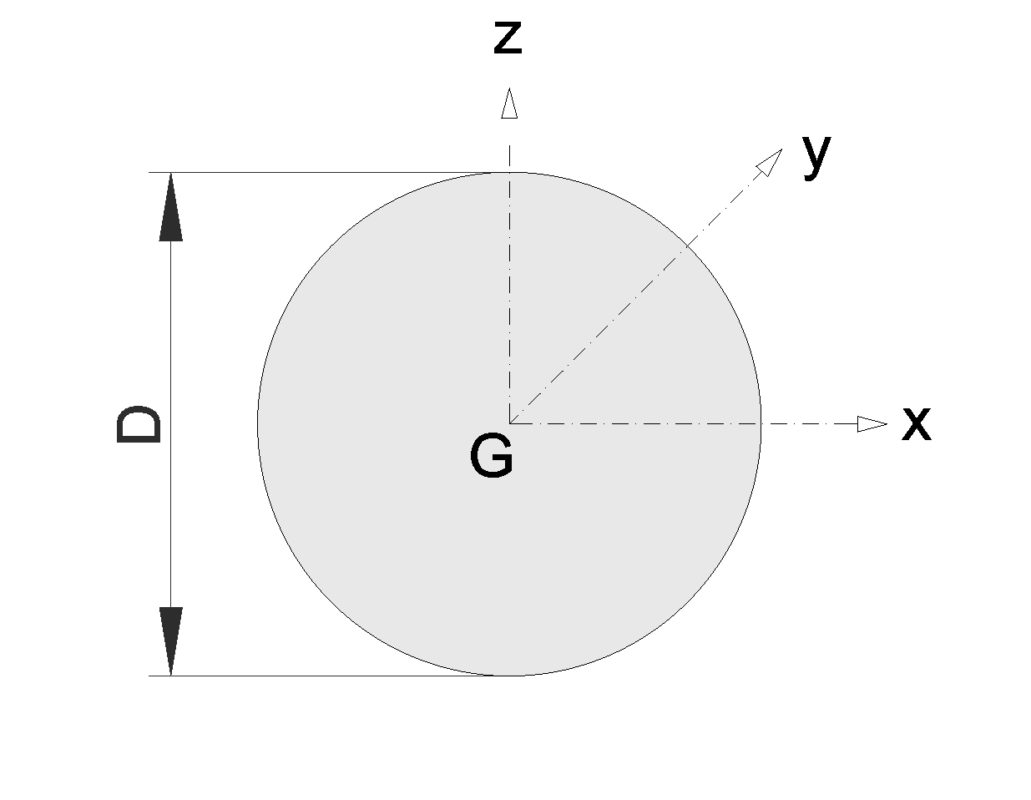
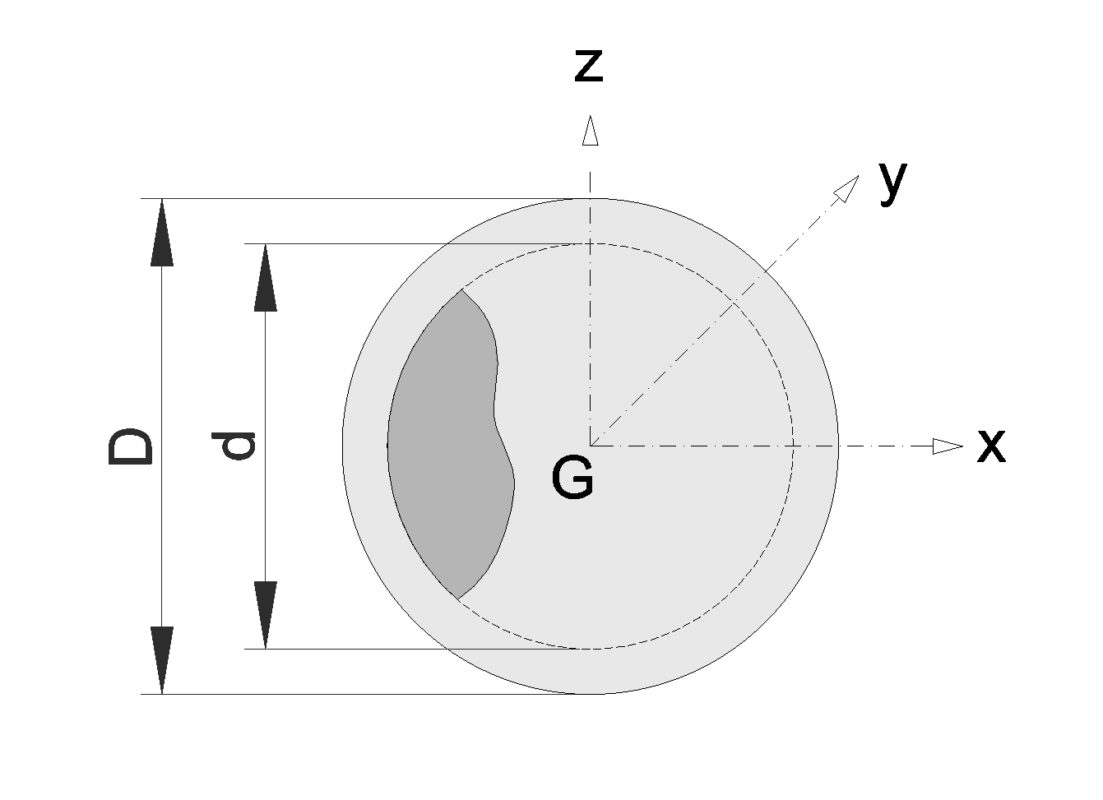
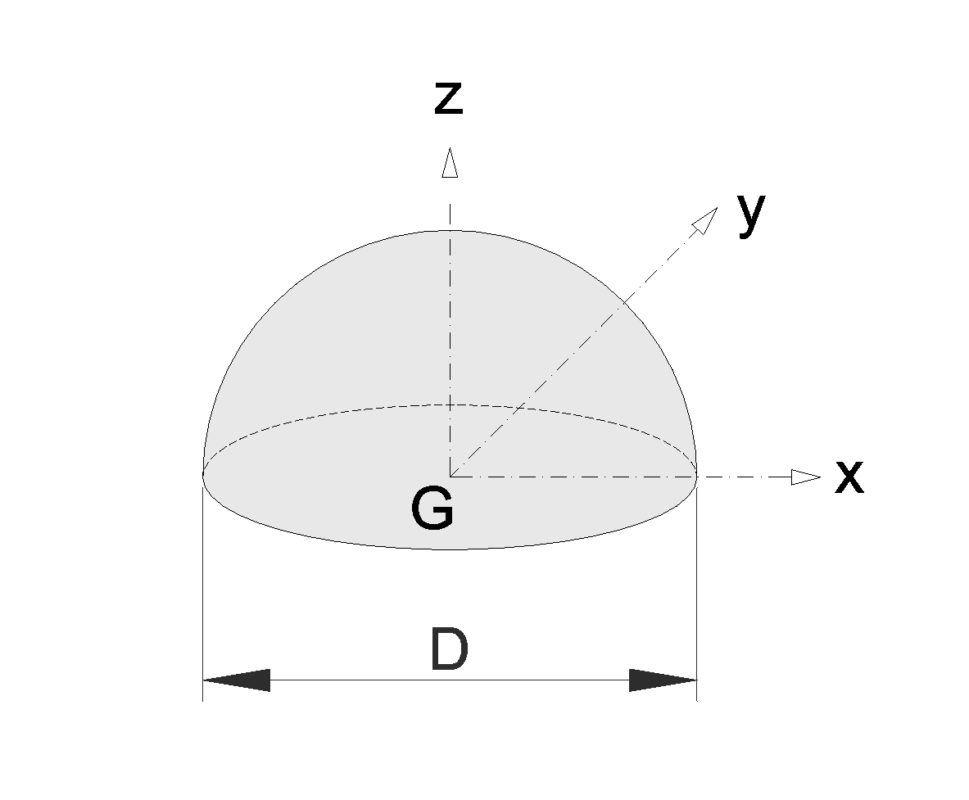
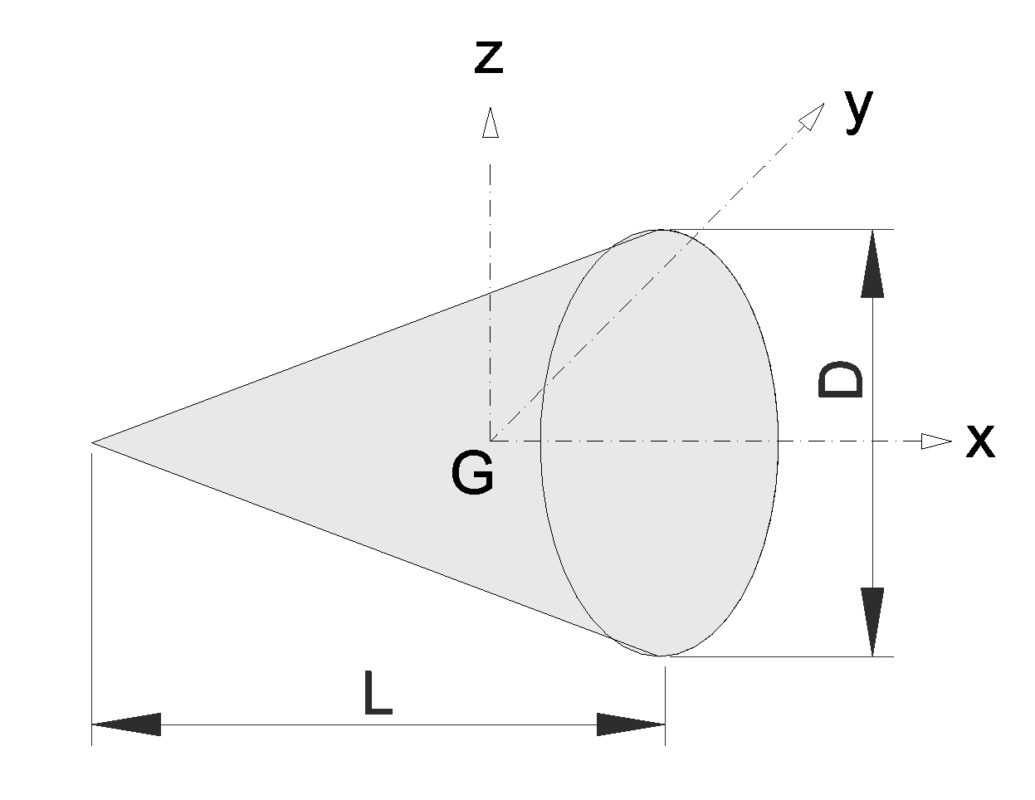
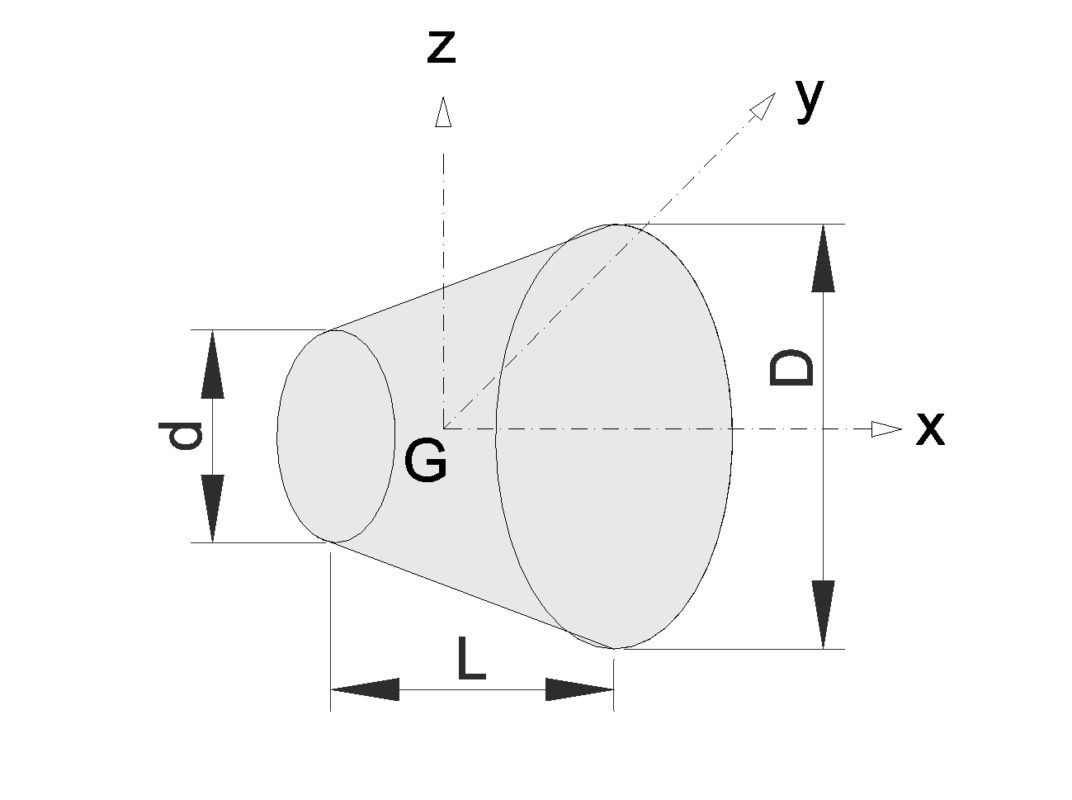
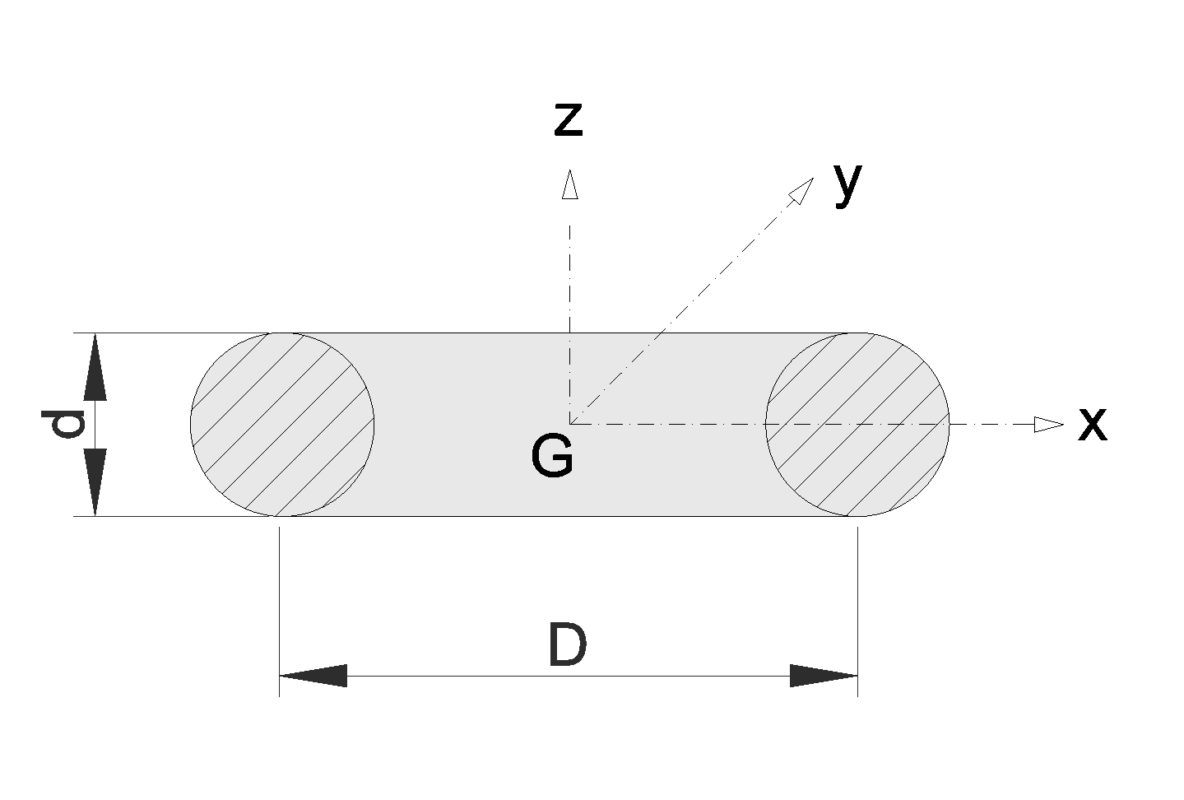
The moment of inertia, otherwise known as the angular mass or rotational inertia, is a measure of an object’s resistance to change in rotation direction. Moment of Inertia has the same relationship to angular acceleration as mass has to linear acceleration.
For a point mass the Moment of Inertia is the mass times the square of perpendicular distance to the rotation reference axis and can be expressed as
I = m r2
Where
I = moment of inertia (kg m2)
m = mass (kg)
r = distance between axis and rotation mass (m)
Metric prefixes precedes a basic unit of measure to indicate a multiple or a fraction of the basic unit.
The commonly measures that uses prefixes are energy, length, mass, time and angles, volume, and some non-metric units (byte, decibel, pound, …).